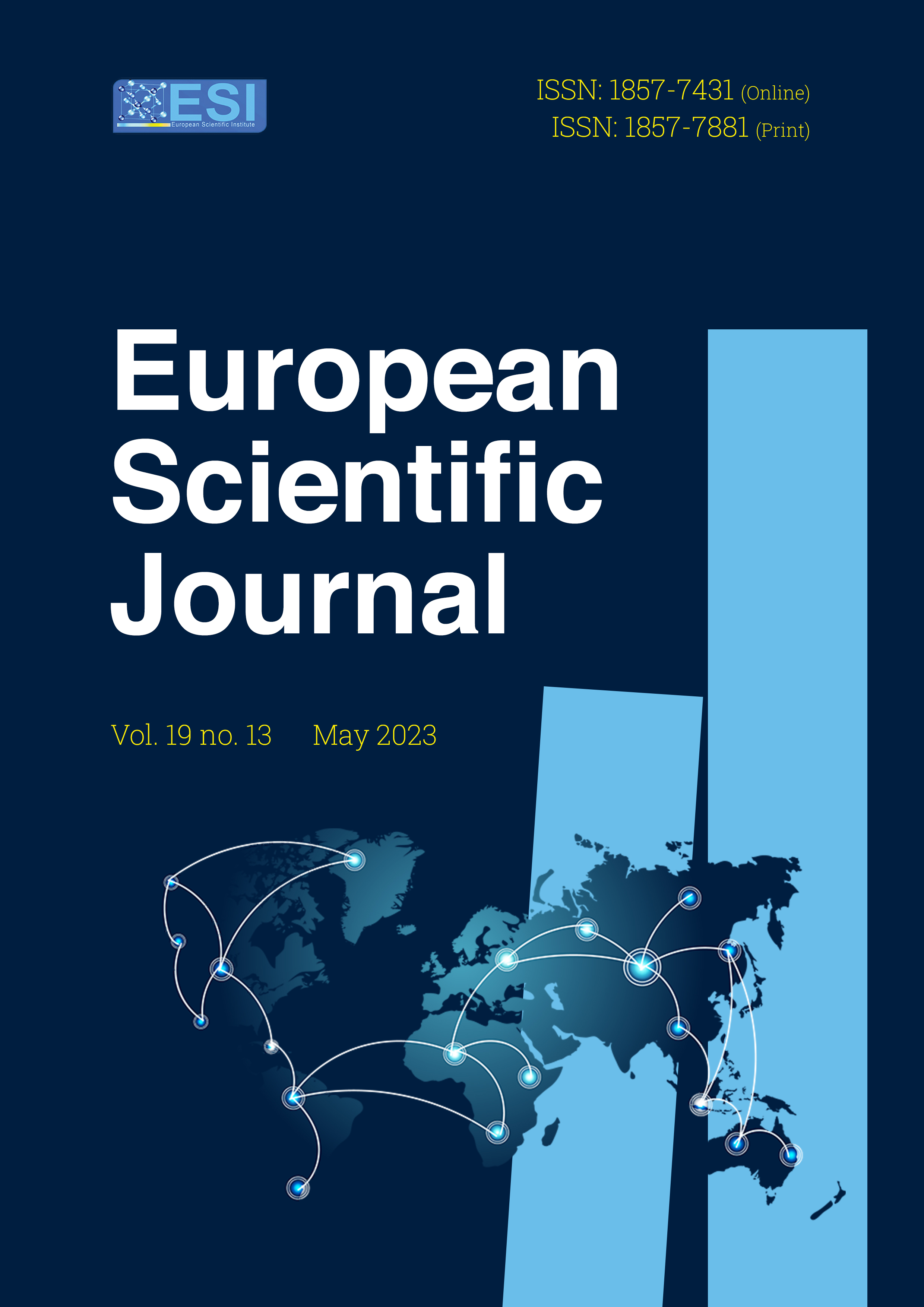Etude de la Validité du Modèle de Fama & French à Trois Facteurs en Contexte de Crise Sanitaire Liée à la Covid-19 : Cas du Marché Actions au Maroc
Abstract
Le présent article entreprend de tester la validité du modèle de Fama & French à trois facteurs en contexte de crise sanitaire sur la bourse des valeurs de Casablanca, et cela à travers la sélection d’un panier des actions faisant la composition de l’indice MASI 20. L’étude s’étale de 2/1/2020 jusqu’au 31/12/2020. Le choix de la période s’explique par la forte volatilité qu’a connu le marché financier marocain pendant cette année (covid 19). D’après les résultats dénichés, il s’est avéré que le modèle à trois facteurs a montré une supériorité par rapport au modèle considérant uniquement le facteur prime de risque de marché (PRM) et que le facteur taille est réputé le facteur prédominant dans l’explication des excès de rentabilités comparativement à ses concurrents la PRM et le Book-to-Market ratio. Ensuite le BTM explique les rentabilités mieux que le facteur de risque systématique. Par ailleurs la PRM fait surgir une significativité notable lorsqu’elle est ajoutée aux autres facteurs. Ce dernier constat rejoint les conclusions des chercheurs qui stipulent, qu’en période de crise, il est difficile de retenir des modelés, théoriquement, inspirés des hypothèses fondatrices de la pensée financière contemporaine, comme modèles d’estimation des rentabilités. En combinant les 3 variables dans une régression multiple, on a révélé une explication significative globale quant à la variation des excès des rendements avec un coefficient de détermination Atteignant 44%.
This paper undertakes to test the validity of the Fama & French three-factor model in the context of a health crisis on the Casablanca Stock Exchange, through the selection of a basket of stocks making up the MASI 20 index. Our study extends from 1/2/2020 to 12/31/2020. The choice of the period is explained by the high volatility that the Moroccan financial market has experienced during this year (covid 19). According to the results, the three-factor model was found to be superior to the model considering only the market risk premium (MRP) factor and the size factor was found to be the predominant factor in explaining excess returns compared to its competitors the MRP and the Book-to-Market ratio. Second, the BTM explains returns better than the systematic risk factor. Moreover, the MRP is significantly more significant when added to the other factors. Combining the 3 variables in a multiple regression revealed an overall significant explanation for the variation in excess returns with a coefficient of determination reaching 44%.
This last observation joins the conclusions of the researchers who stipulate that, in times of crisis, it is difficult to retain models, theoretically, inspired by the founding hypotheses of contemporary finance, as models for estimating returns.
Downloads
Metrics
PlumX Statistics
References
2. Ali Dehghani, M. M. (2015). The Analysis on Fama and French Asset- Pricing Model to select. Procedia Economics and Finance.
3. BENGRICH, M., & GHADOUIA, M. E. (2020). LES FACTEURS DE RISQUE DETERMINANTS LES RENDEMENTS DES ACTIONS DES SOCIETES COTEES A LA BOURSE DES VALEURS DE CASABLANCA: ESSAI DE MODELISATION. Revue D’Etudes en Management et Finance D’Organisation.
4. Boutabba, I. (2015). AN EMPIRICAL VALIDATION OF FAMA AND FRENCH THREE-FACTOR. Asian Economic and Financial Review.
5. Dickey, D.A, and Fuller, W. A. (1981). Likelihood ratio statistics for autoregressive time series with a unit root.econometrica, 49, 1057-1072.
6. Fama E (1965). “The Behavior of Stock Market Prices”, The Journal of Business, 38,34-105.
7. Fama E (1970). “Efficient Capital Markets: a Review of Theory and Empirical Work”, Journal of Finance, vol. 25, no1.383-417.
8. FAMA, E, & French, K. R. (1993). Common risk factors in the returns on stocks and bonds. Journal of Financial Economics.
9. Jarque, Carlos M. & Anil K. Bera (1980). Efficient tests for normality, homoscedasticity and serial independence of regression residuals. Economics Letters 6 (3): 255–259.
10. Karasneh, M., & Almwalla, M. (2011). Fama & French Three Factor Model: Evidence from Emerging Market. European Journal of Economics, Finance and Administrative Sciences.
11. LlMAIEM, I. (2009). LES FACTEURS DU MODÈLE DE FAMA ET FRENCH: CAS DU MARCHÉ DES ACTIONS CANADIENNES. MÉMOIRE, UNIVERSITÉ DU QUÉBEC À MONTRÉAL.
12. Markowitz H.M (1952). “Portfolio Selection”, Journal of Finance, 7, 77-91.
13. Mounira, C. (2021). Les facteurs déterminants la performance des actifs financiers marocains et tunisiens. Revue du Contrôle de la Comptabilité et de l’Audit.
14. Muth J.F (1961). “Rational Expectations and the Theory of Price Movements”, Econometrica, Vol. 29, No. 3, 315-335.
15. NDIAYE, B. (2022). Les anomalies boursières en Afrique: le cas de l’effet taille et de l’effet valeur sur les bourses des zones nord et subsaharienne du continent. Revue Internationale des Sciences de Gestion.
Copyright (c) 2023 Yahya Dalil, Nabil Sifouh, Taoufik Elhasnaoui

This work is licensed under a Creative Commons Attribution-NonCommercial-NoDerivatives 4.0 International License.








